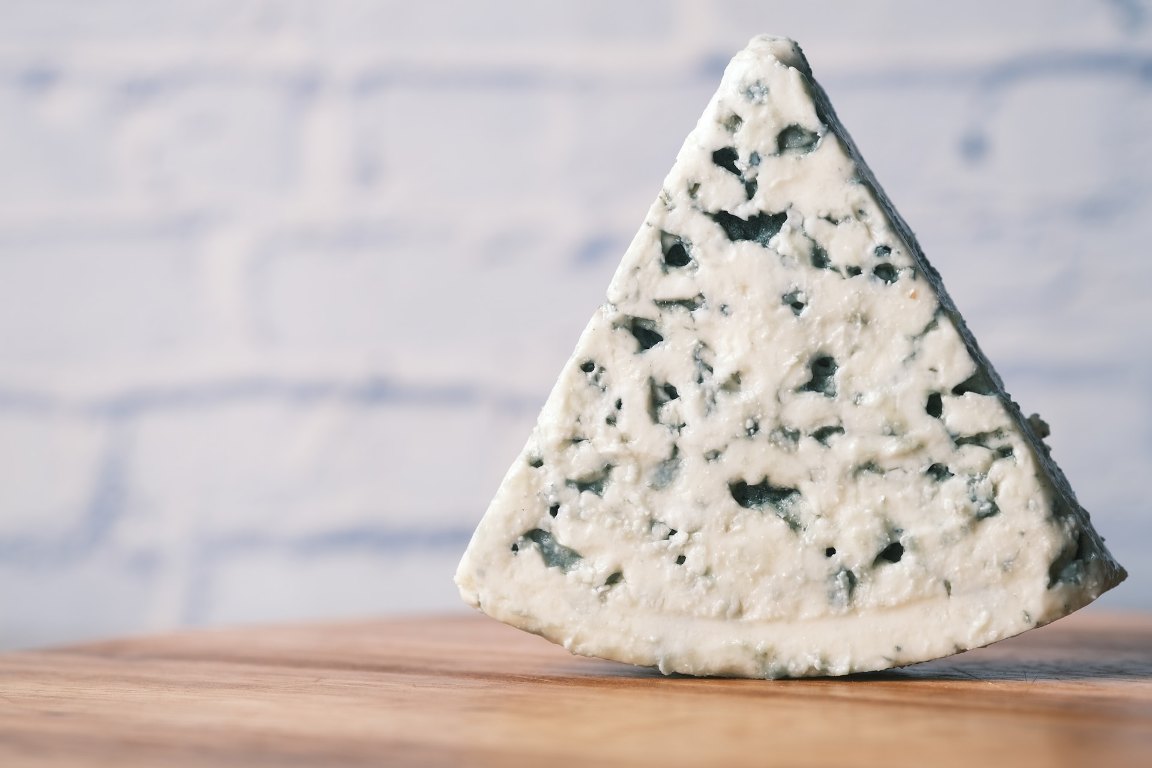All You Need to Know About Gorgonzola Cheese

Have you been intrigued with the blue marbling throughout a white cheese? Yes, you've got it! We're talking about Gorgonzola cheese, which appears in most Italian dishes. Are you quizzed about it? Keep reading to know more about Gorgonzola cheese.
What is Gorgonzola?
Gorgonzola is an Italian cheese that has signature blue veins that you'd find in blue cheese. Traditionally made from pasteurised cow's milk, the cheese boasts milder flavours than the other blue cheeses. When the cheese is young, it has an amazing soft and creamy texture. The mature versions feature pungency and are stronger in taste.
What's more: it has a distinct look and is versatile in its uses. Thus, you can choose to add zest to pasta, risotto, or pizzas. It pairs wonderfully with grapes, walnuts, pistachios, and honey.
How is it made?
The process of making Gorgonzola takes around three to four months, which involves curdling the milk, cutting the curd, and preparing for ageing. Further, the curds are placed in moulds, and the rind is pricked with a metal skewer to ensure the marbling appears throughout the final product. It takes around 50 days of ageing for the cheese to be certified as Gorgonzola.

How is Gorgonzola different from blue cheese?
Here's the thing: all Gorgonzola cheeses are blue. However, all blue cheeses aren't Gorgonzola! Typically, blue cheese can be made with different kinds of milk, like goat, cow, and sheep. When it comes to Gorgonzola, it is a specific variety that's made with cow's milk.
Types of Gorgonzola cheese
You'll find two Gorgonzola varieties: Gorgonzola Dolce and Gorgonzola Piccante. The dolce is less aged, and it is a sweeter version. It's the shorter ageing process that produces, the sweeter cheese. When it comes to the piccante, it is more aged than the two Gorgonzola cheeses. It is also referred to as Mountain Gorgonzola, Gorgonzola Naturale, or Gorgonzola Montagna.
Ways to enjoy the moulded cheese
You can try it in sweet dishes - consider pairing it with honey, dried fruit, or sweeter vinaigrettes on salads. It finds a good place in savoury dishes too - so you'll find it in salads, pasta, risotto, etc.



